A study of 8,000 years of genetics from Spain and Portugal yields a surprisingly complex picture of the inhabitants’ ancestry.
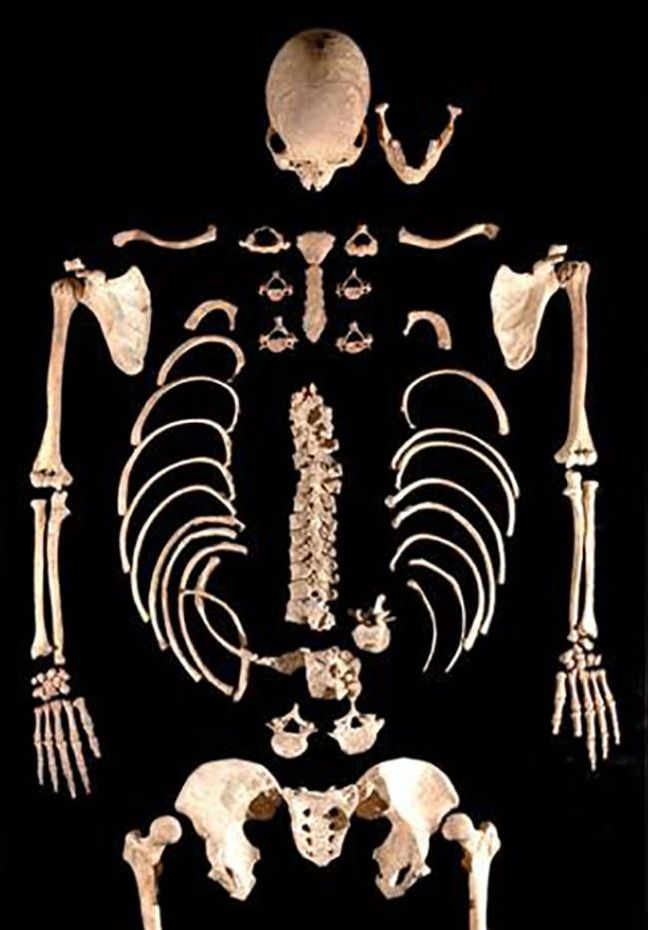


A common concern about life extension is overpopulation, the idea that there are too many people in the world. Are we really headed for a global overpopulation meltdown, as some people believe? The United Nations’ World Population Prospects 2019 report suggests that while the global population will continue to rise for the next few decades, ultimately, that rise will plateau.
First things first: it’s population growth, not overpopulation
Whenever the topic of defeating age-related diseases comes up, there is inevitably someone who will cite overpopulation as an objection to healthy life extension and a reason why we should continue to let people become sick and die of diseases that science may be able to cure in the coming decades.
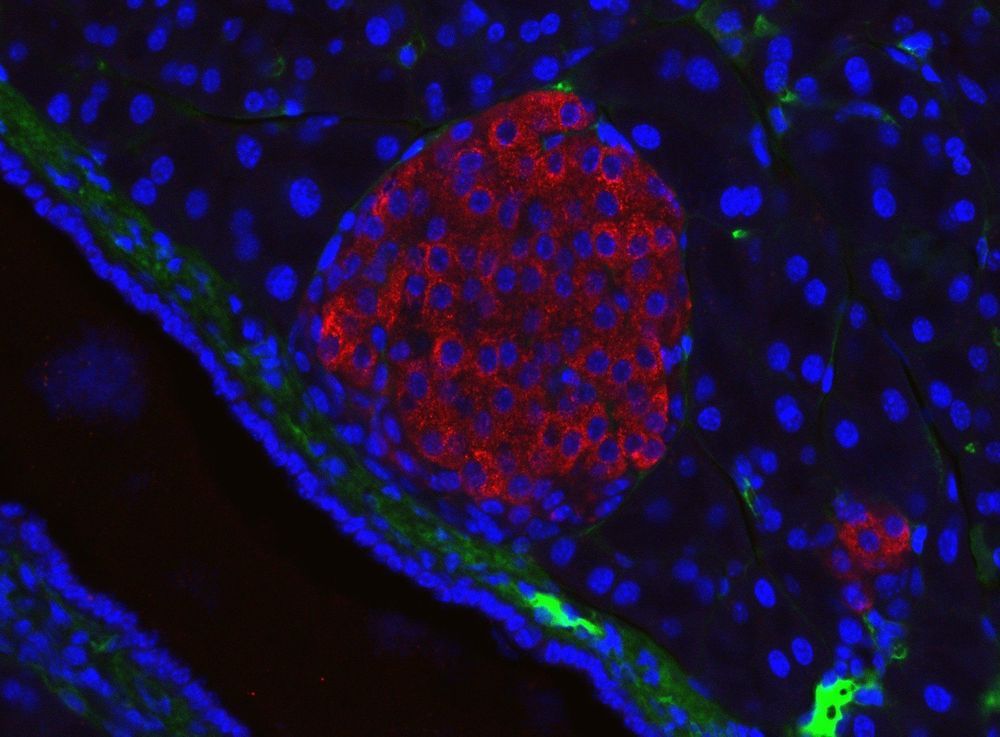
Two known gene mutations induce pathways that enhance pancreatic cancer’s ability to invade tissues and evade the immune system. Researchers report the molecular details of this process, providing insights into druggable targets for immunotherapies.
Mutations in the genes KRAS and TP53 are closely linked to pancreatic ductal adenocarcinoma, by far the most common type of pancreatic cancer. Pancreatic cancers are often already malignant when diagnosed, making its five-year survival rate extremely low—less than ten percent. So, understanding how it evolves at the molecular level could help anti-cancer drug development.
Hisataka Sabe of Hokkaido University and colleagues in Japan conducted tests in human cancer cells and in mouse models of the disease to investigate the roles of KRAS and TP53 gene mutations in pancreatic ductal adenocarcinoma. The study was published in the journal Proceedings of the National Academy of Sciences (PNAS).
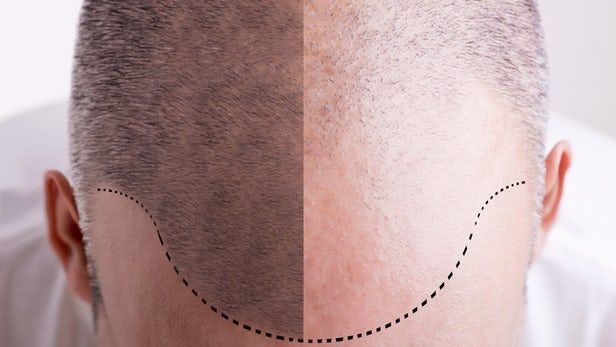
Outside of expensive transplants and drugs with questionable effectiveness, a proper treatment has continued to elude the great number of scientists working in the realm of hair loss. But sources of optimism are never far away, the latest coming out of Japan’s Yokohama National University where scientists have developed an improved technique they claim brings higher rates of follicle growth and could be scaled up to cover larger, vaster expanses more efficiently.
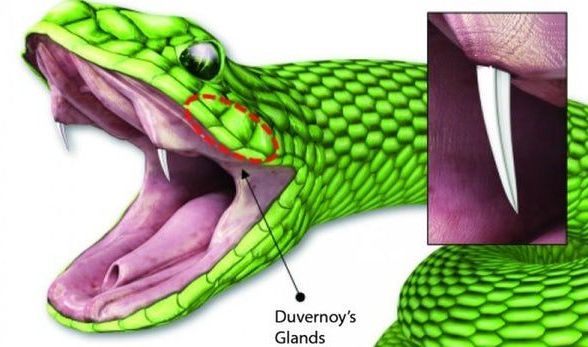
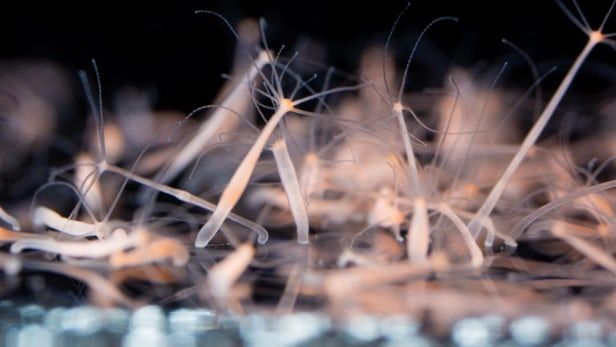
Our bodies do a decent enough job of repairing themselves, able to patch up wounds, fight off infections and even heal broken bones. But that only applies up to a certain point – lose a limb, for example, and it’s not coming back short of a prosthesis. Other creatures have mastered this skill though, and now scientists at the University of California Davis (UC Davis) and Harvard have sequenced the RNA transcripts for the immortal hydra and figured out how it manages to do just that.

(repeat) Are you ready to defer all your personal decision-making to machines? Polls show that most Americans are uneasy about the unchecked growth of artificial intelligence. The possible misuse of genetic engineering also makes us anxious. We all have a stake in the responsible development of science and technology, but fortunately, science fiction films can help.
The movies Ex Machina and Jurassic Park suggest where A.I. and unfettered gene-tinkering could lead. But even less popular sci-fi movies can help us imagine unsettling scenarios regarding over-population, smart drugs, and human cloning.
And not all tales are grim. The 1951 film, The Man in the White Suit, weaves a humorous story of materials science run amok.
While in its early stages, bioprinting of human tissue is an emerging technology that is opening up some exciting possibilities, including the potential to one day 3D print entire human organs. This scientific objective has now grown a little bit closer, with researchers at Carnegie Mellon University reporting a breakthrough that enabled the printing of full-scale heart components that in some cases functioned similarly to the real thing.

An exciting new study, led by scientists from King’s College London, has discovered a new type of cell in the liver. The research describes the cell as having “stem cell-like properties,” with the potential to regenerate damaged liver cells and treat disease in the organ without the need for a transplant.

Tech billionaire Peter Thiel painted a gloomy picture of artificial intelligence in his NYT’s op-ed on Thursday, detailing the technology’s real value and purpose as primarily a military one.
“The first users of the machine learning tools being created today will be generals,” Thiel declared in his 1,200-word piece. “A.I. is a military technology.”
Thiel’s portrayal is a far cry from the optimistic view that many in Silicon Valley have embraced. Artificial intelligence has promised to give us the next, best Netflix recommendations, let us search the internet using our voices, and do away with humans behind the wheel. It’s also expected to have a huge impact in medicine and agriculture. But instead, Thiel says that AI’s real home is on the battlefield — whether that be in the physical or cyber worlds.